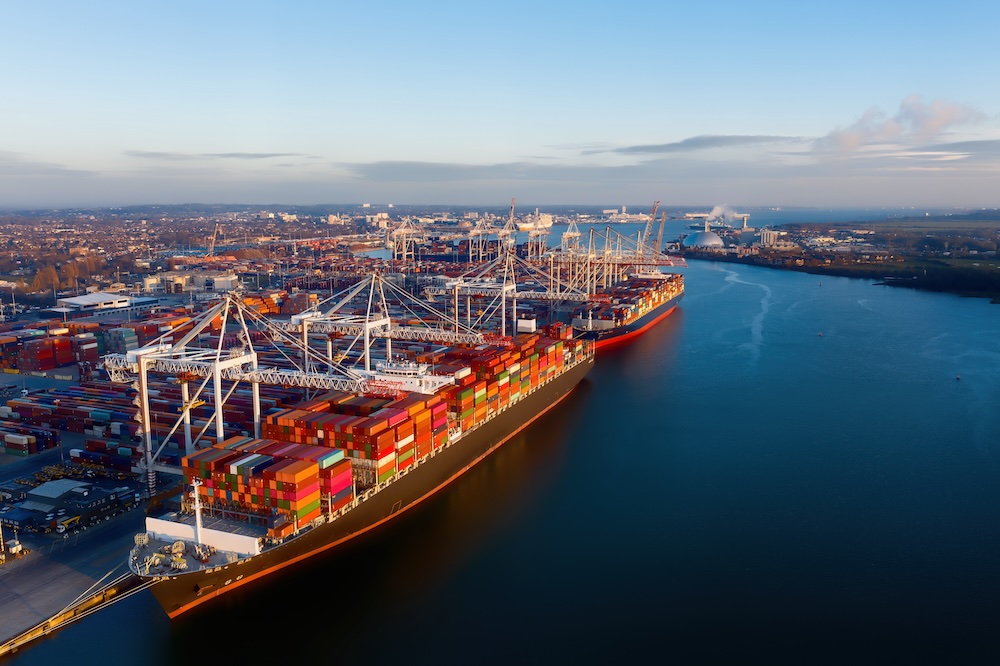
The statistics, released by the Department for Transport, provides insights into cargo movements and trends within the UK's port infrastructure. Comparing the fourth quarter of 2023 with the same period in 2022, key findings include:
When comparing the rolling year to December 2023 with December 2022 through UK major ports total tonnage decreased by 5% to 426.3 million tonnes while the total volume of containerised traffic increased by 1% to 20.5 million units.
The report breaks down the trends further by cargo type estimates, providing insights into various segments of the freight industry.
Liquid Bulk
Liquid bulk tonnage decreased by 11% to 41.6 million tonnes compared to the fourth quarter of 2022. Notable drops were seen in Medway, Milford Haven, and the Port of Liverpool. Economic factors and a downturn in North Sea crude oil production were cited as contributing factors.
Dry Bulk
Dry bulk tonnage decreased by 17% to 18.5 million tonnes in the period. Ports like Grimsby, Immingham, and London saw significant declines in dry bulk handling while Liverpool was among the top three ports with the greatest decline in tonnage overall.
Containers
Container tonnage remained relatively stable at 14.8 million tonnes, with a marginal decline of less than 1% compared to the same quarter in 2022. Container traffic saw a modest 2% increase.
Ro-Ro Freight
Ro-Ro freight tonnage showed little change, maintaining at 22.7 million tonnes.
Dover experienced the largest increase in Ro-Ro freight tonnage, rising by 9% to 4.7 million tonnes.
Ro-Ro Non-Freight
Ro-Ro non-freight units decreased by 5% to 1.5 million units. Southampton (pictured above) saw the largest decrease, falling by 56% to 71,000 units. Seasonal variation was attributed to the decline in Ro-Ro non-freight containerised traffic.
The quarterly statistics reflect a complex landscape of shifting cargo trends within UK ports. While certain segments, such as liquid bulk, faced significant declines, while others, like Ro-Ro freight, saw relative stability.
Detailed final annual statistics for 2023 will be published in summer 2024. For further information and more detailed statistics, click here